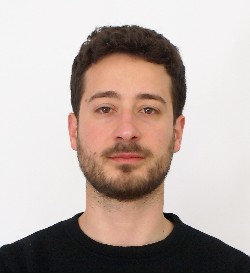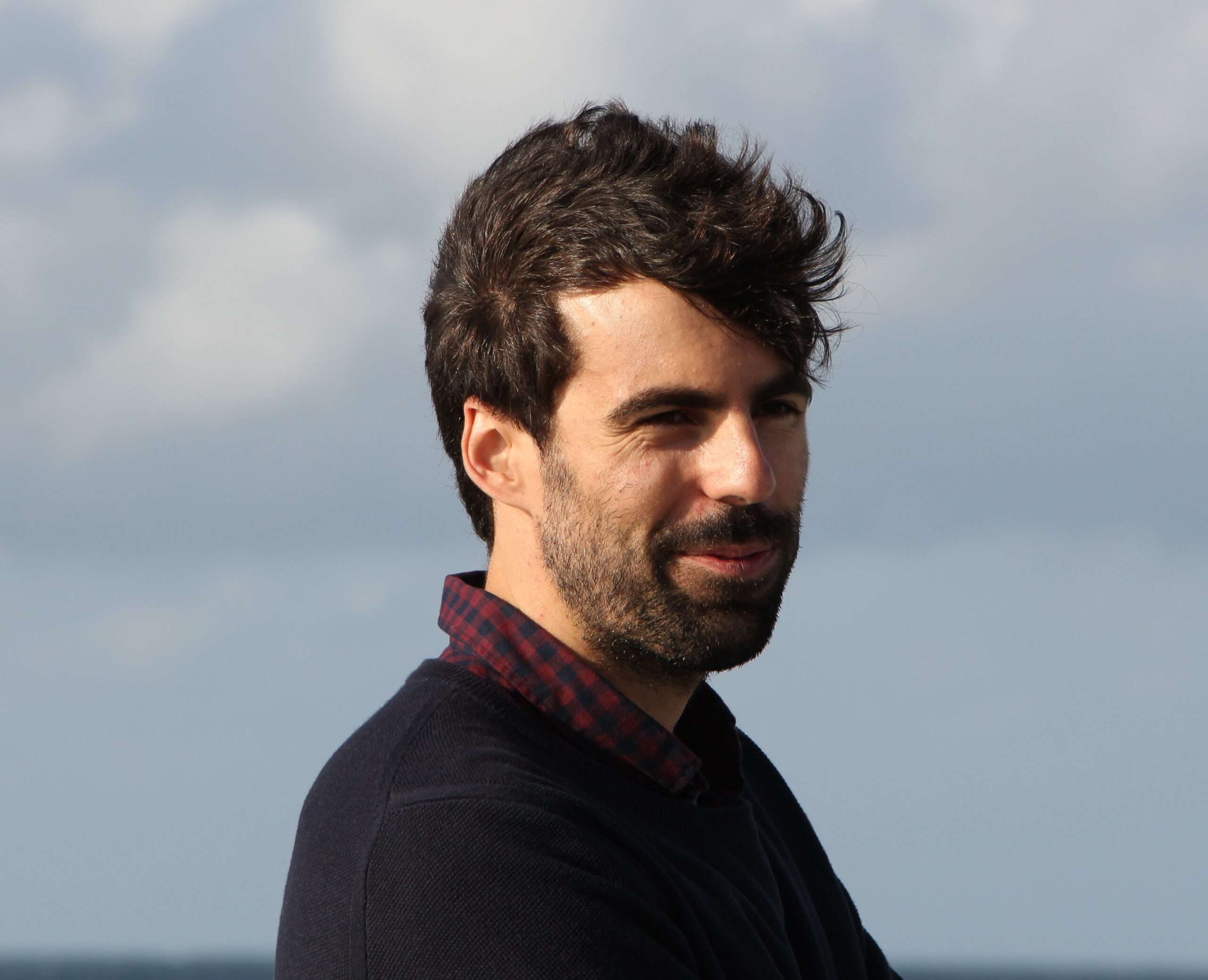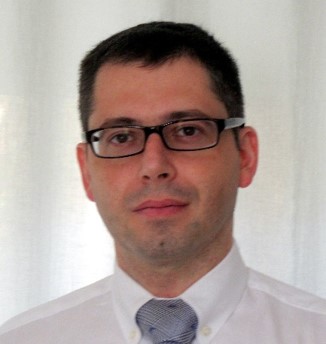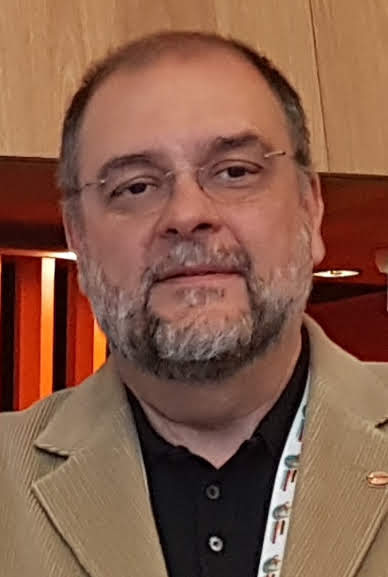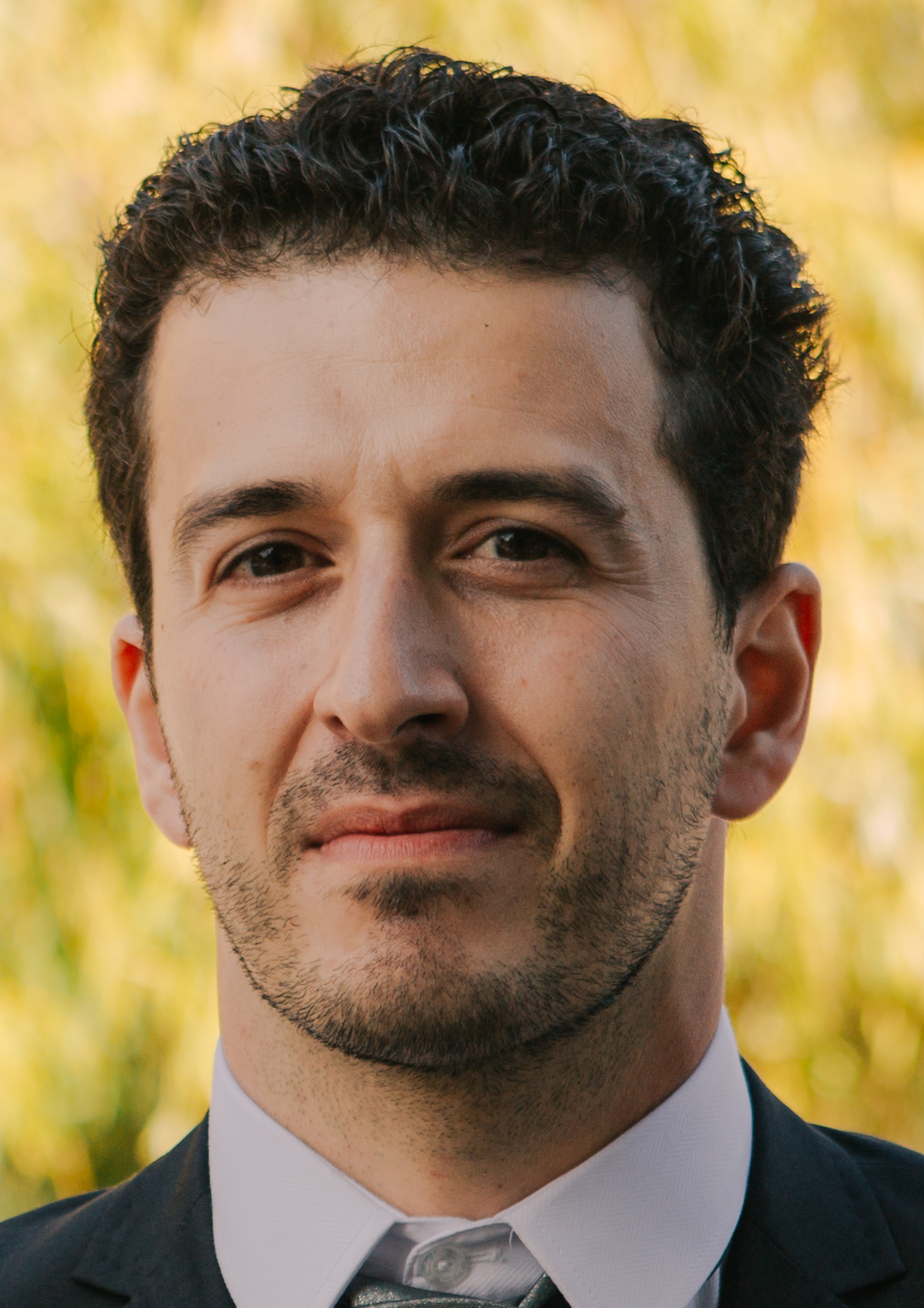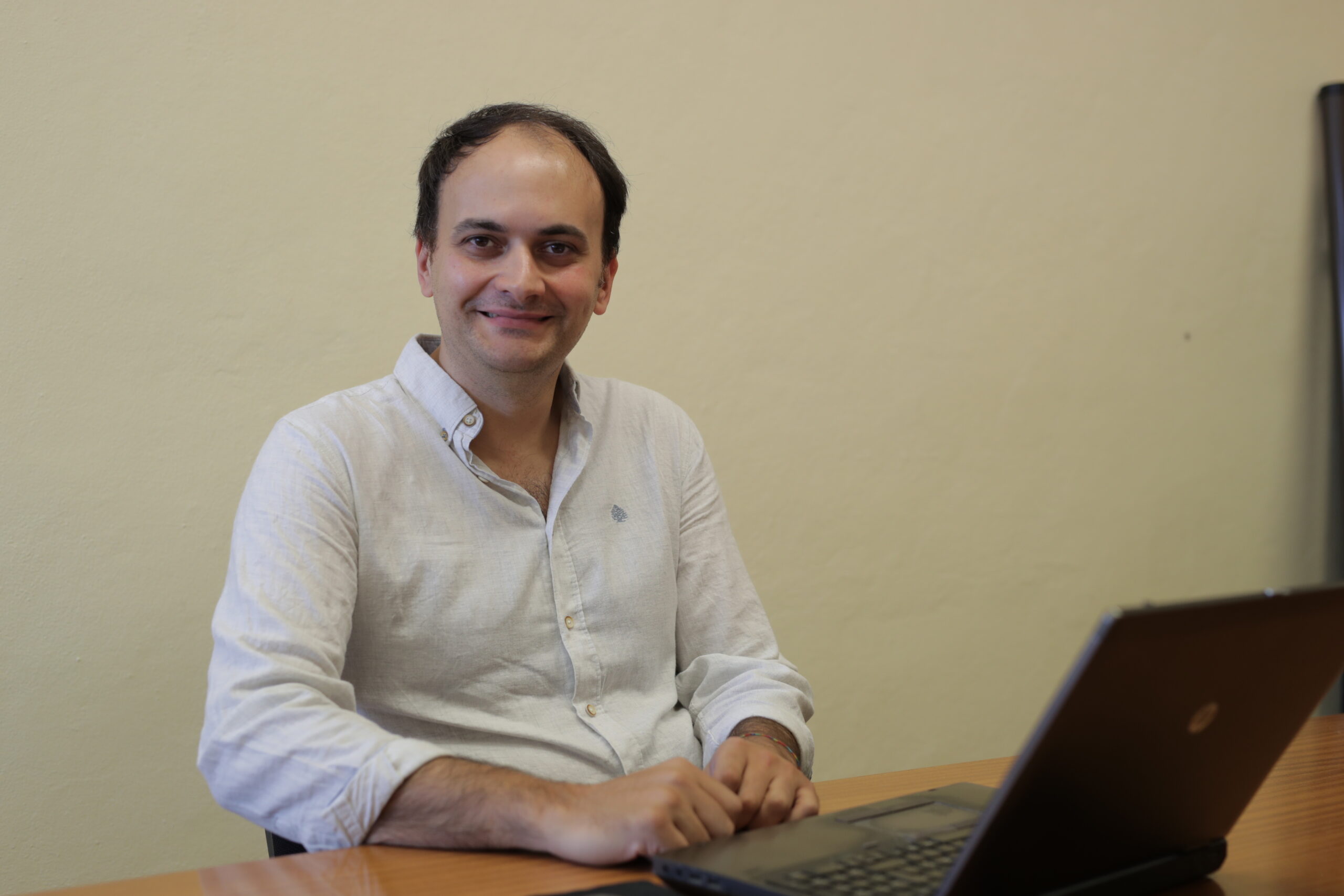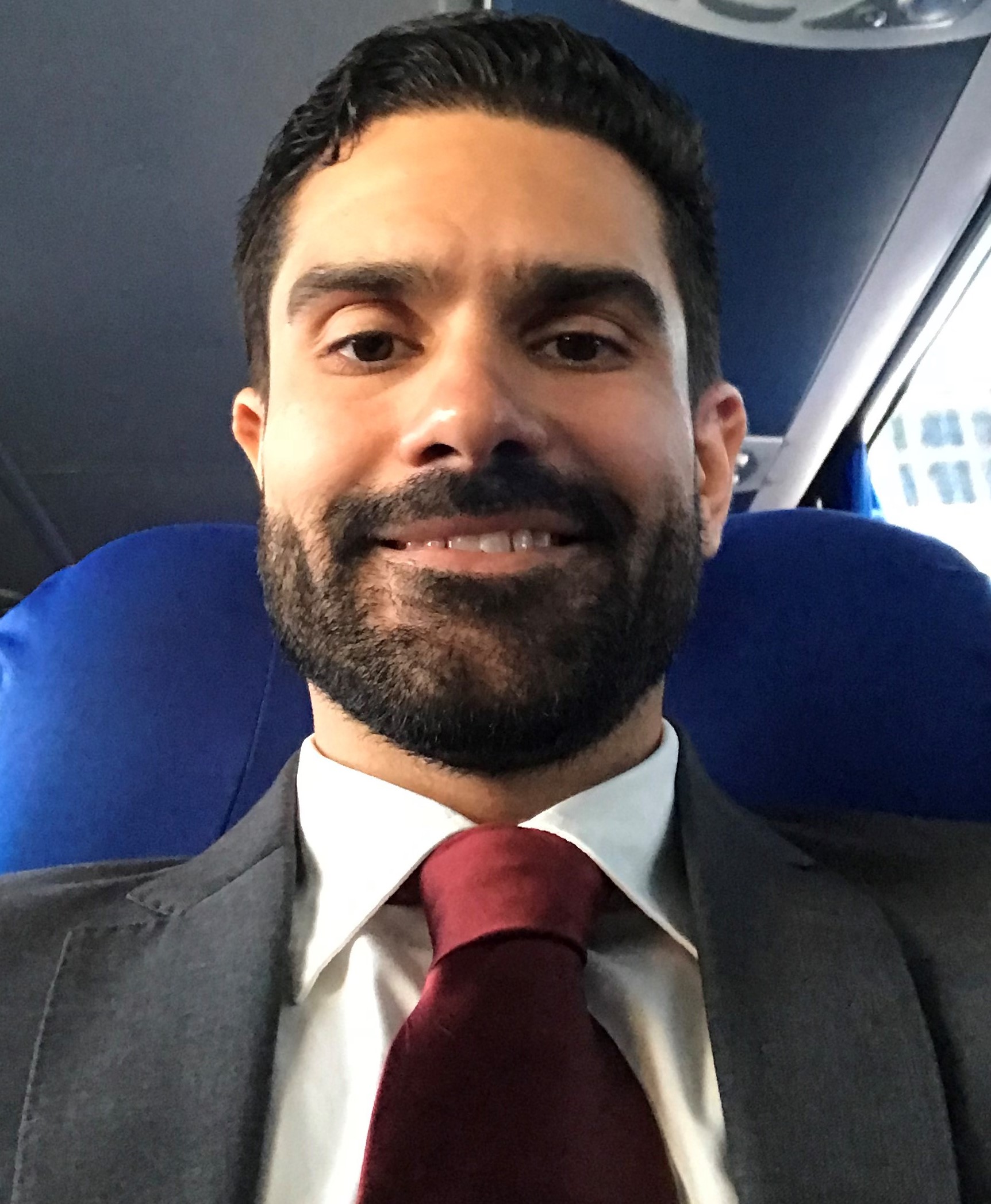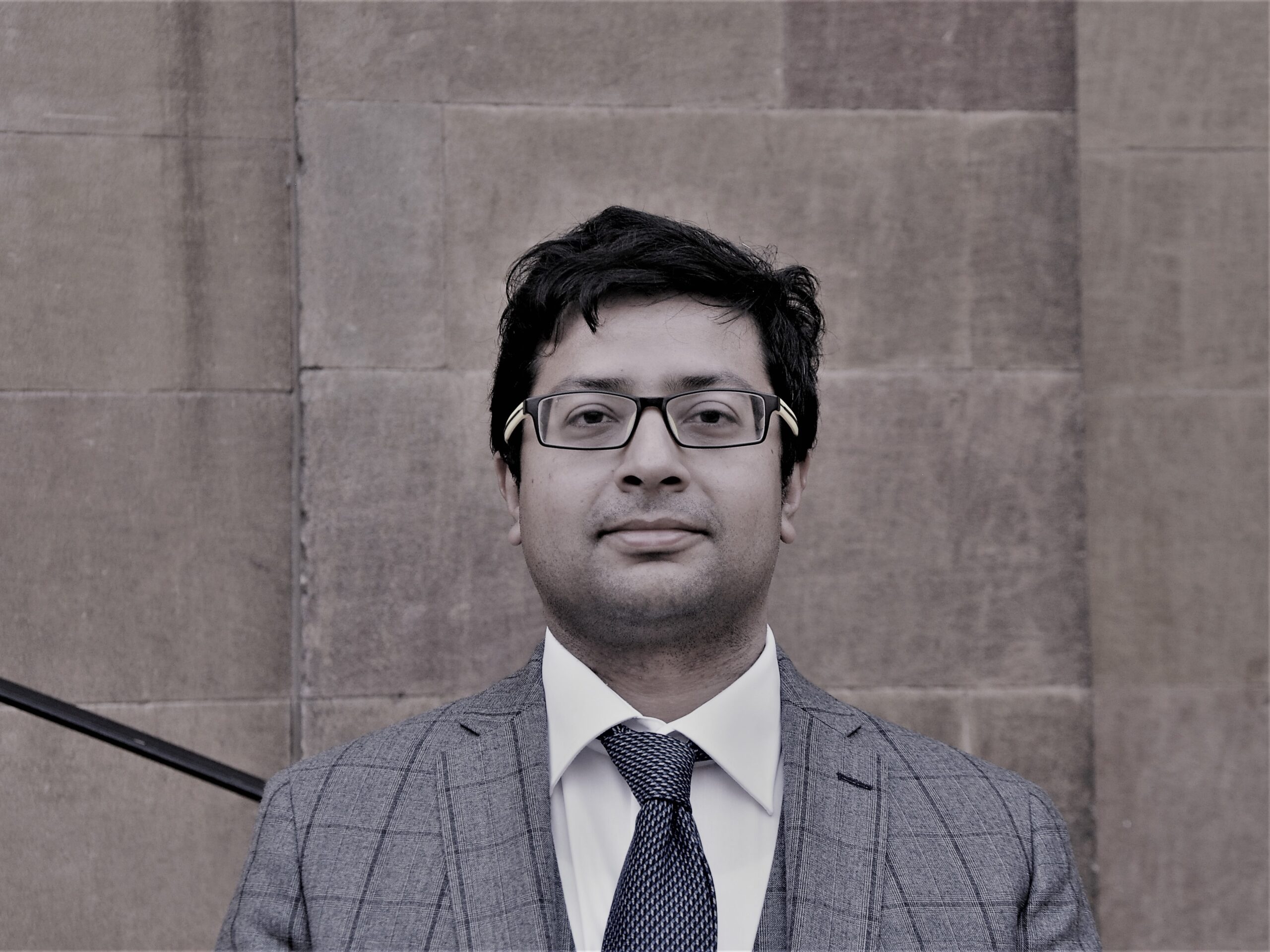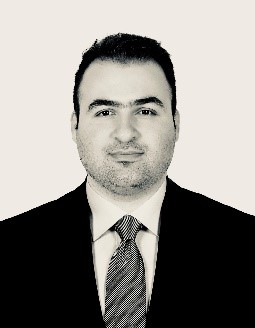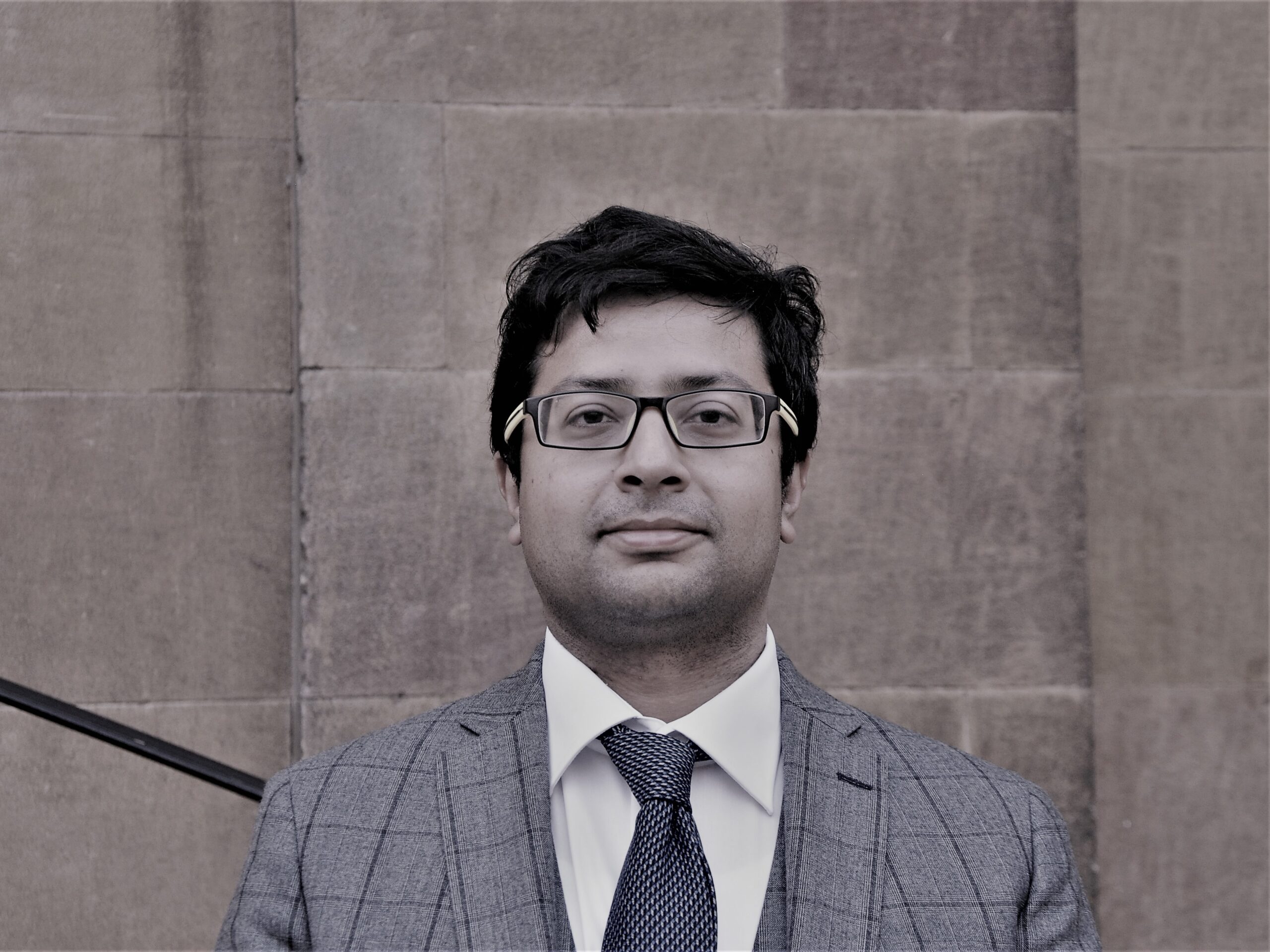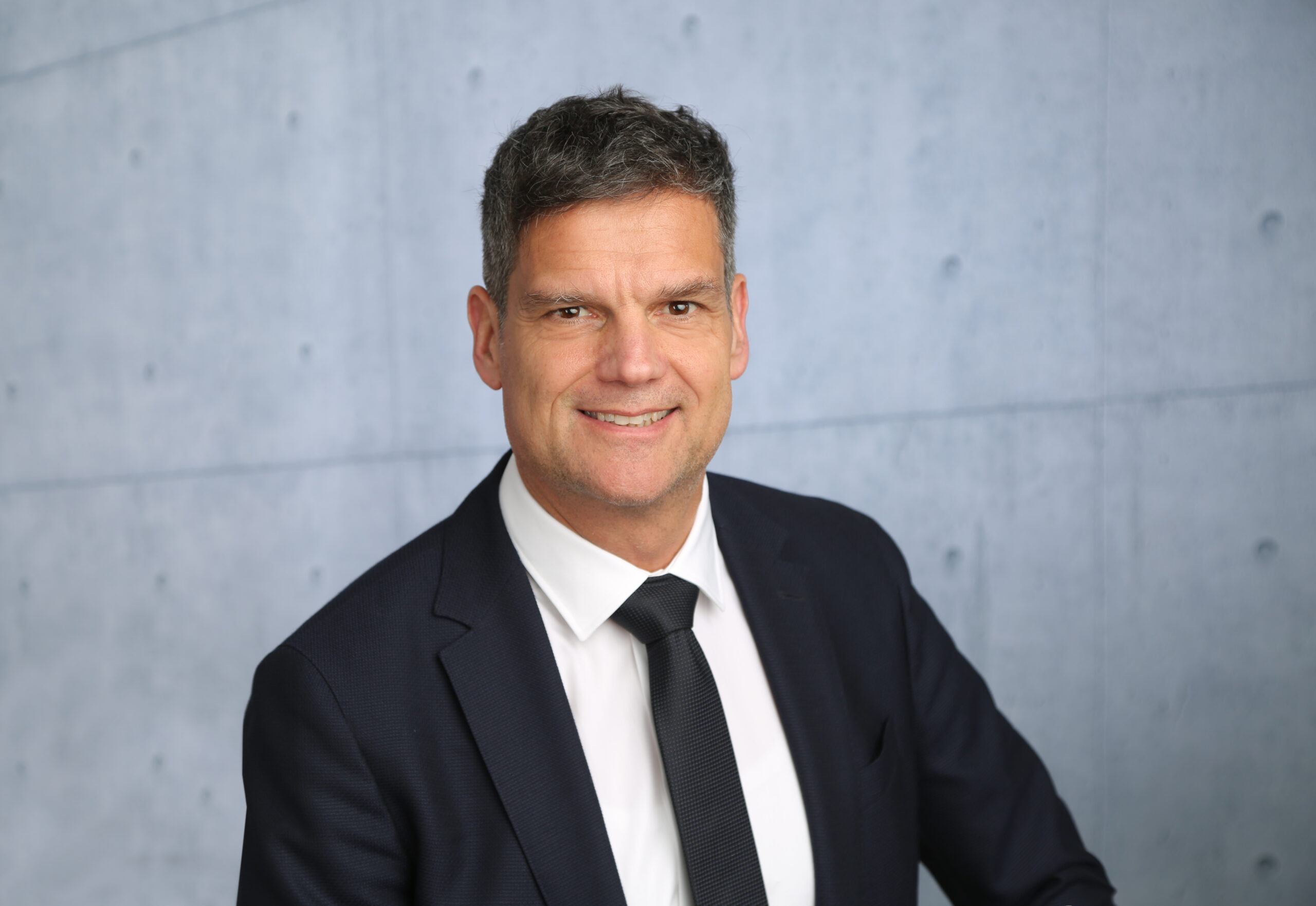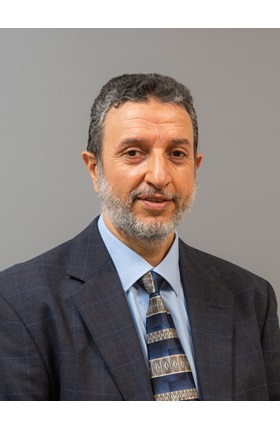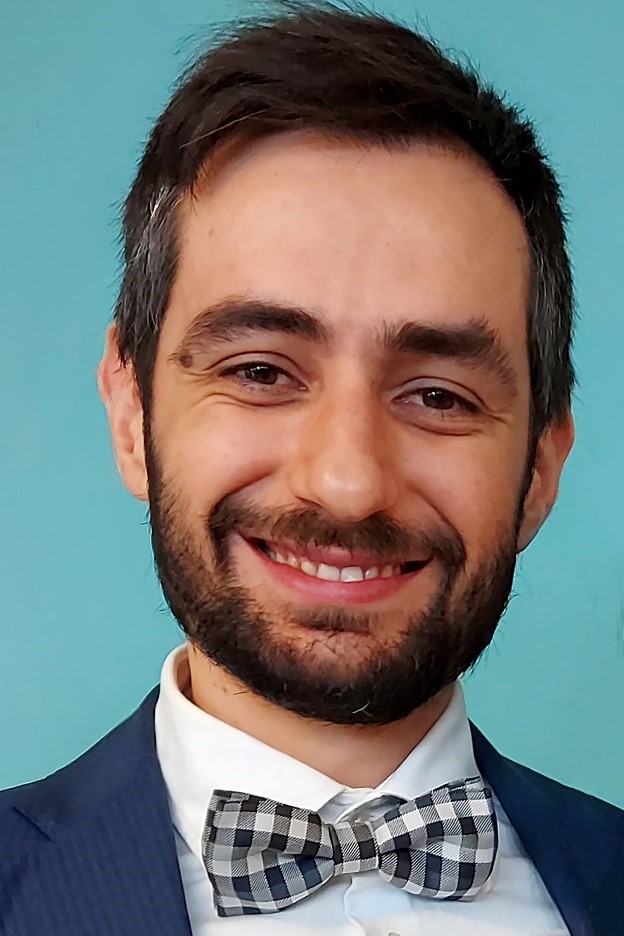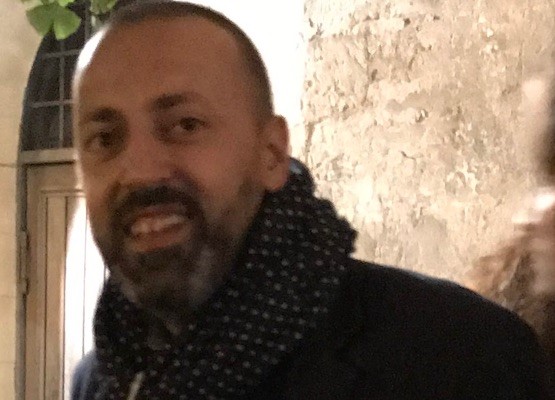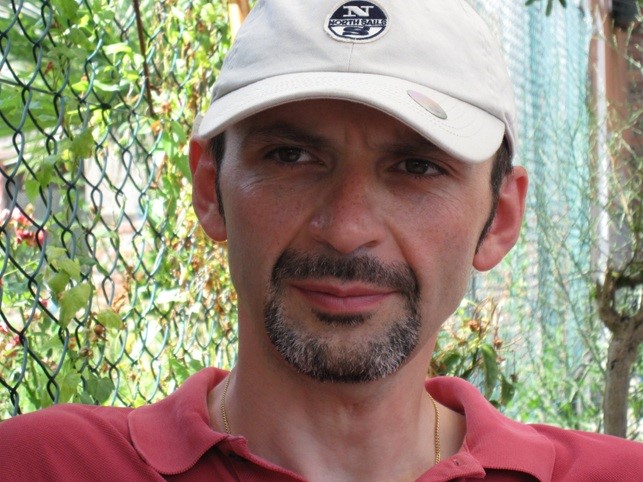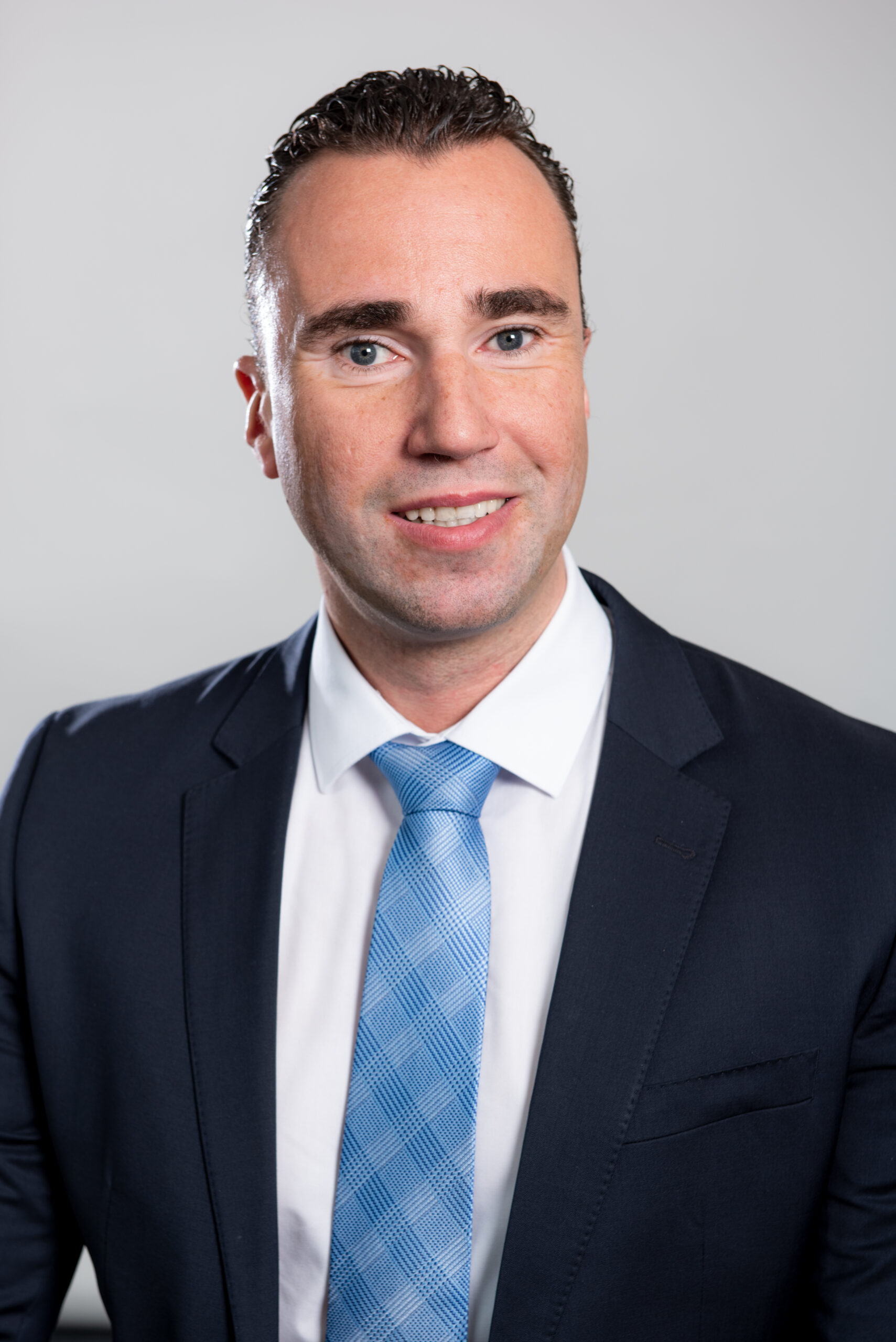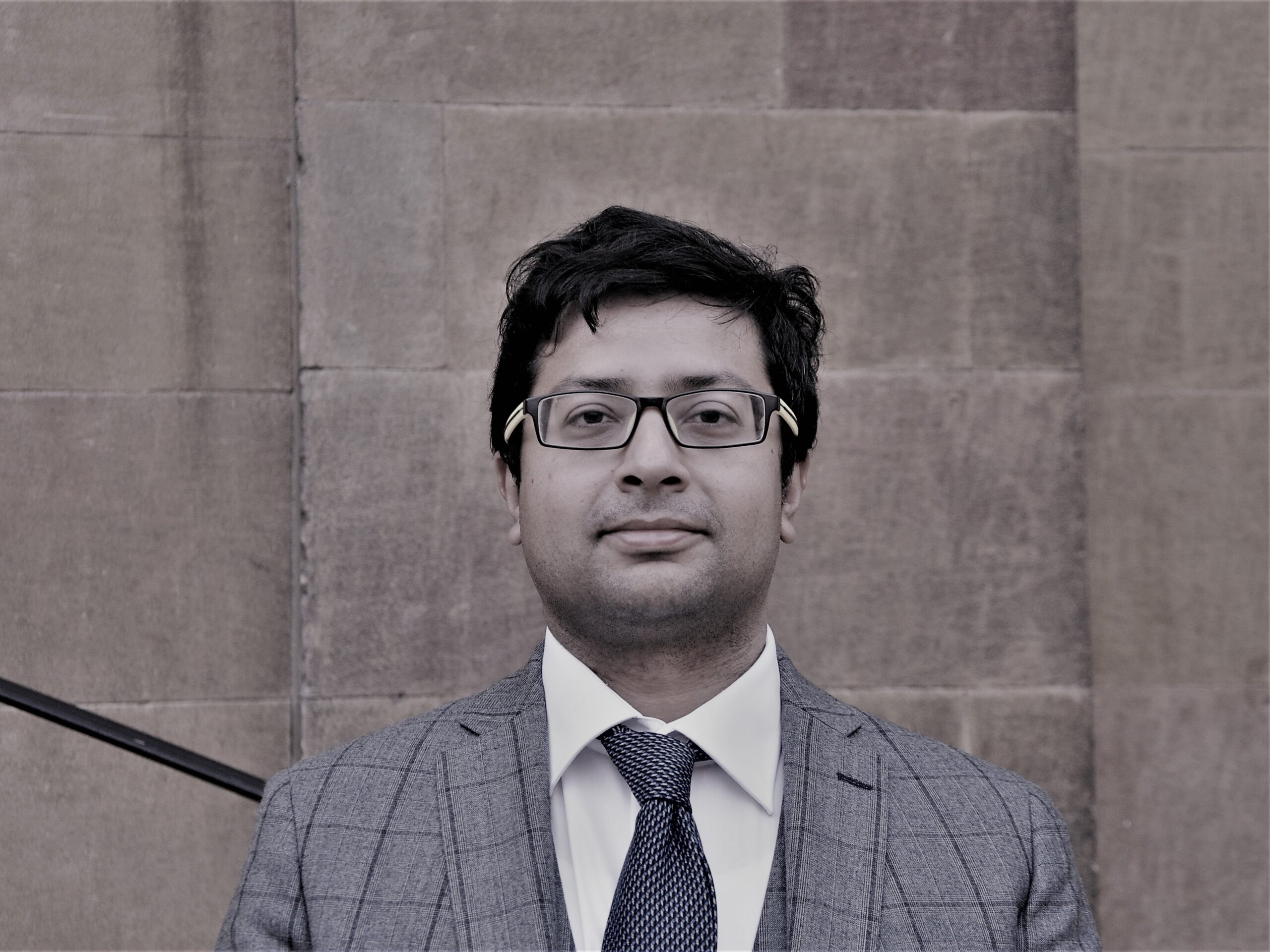- Introduction
- Organization
- Key Dates
- Venue
- Mini-Symposia
- Special EuroStruct Topics
- Call for abstracts
- Authors Information
- Paper Submission
- Templates
- Awards
- Program
- Registration
- Presentation Submission
- Technical Visits
- Accommodation
- Transportation & Local Info
- Patronages
- Exhibitors
- Sponsors
- Contact
- Photos & Videos
- Proceedings
Mini-Symposia
In addition to the themes of EuroStruct2023 for which you can submit your paper(s) within the scope of a General Session, namely:
- Bridge repair and rehabilitation issues
- Bridge management systems
- Needs of bridge owners
- Strategies as to how to incorporate sustainability & climate change issues into the design, construction, operation, and quality control plans in bridges safety and management
- Implications and applications of Big Data and AI in the management – quality control
you can also do so for one of the many Mini-Symposia in this event.
MS1 – Information value-driven infrastructure management: challenges and opportunities <i>Pier Francesco Giordano, Rui Teixeira, Maria Pina Limongelli and Sebastian Thöns</i>
|
|
|
|
|
|
Keywords: Value of Information, Structural Health Monitoring, Decision analysis, Infrastructure Integrity Management
Abstract
Infrastructure management aims at optimizing decision-making related to traffic management and structural interventions such as maintenance, retrofitting, and replacement within a portfolio of structures. Effective bridge management strongly relies on the type and quality of data collected and the methods used to analyze them. Data may relate to the health conditions of structures (e.g., modal parameters), actions (e.g., traffic load), and environmental factors (e.g., temperature). Tools to acquire data range from visual inspections to periodic or exceptional tests, to permanent sensing systems installed on structures. The data collection, processing, and conversion to information can be expensive; therefore, the information acquirement strategies must be optimized to satisfy budget constraints and maximize returns on investment while maintaining safety for users. The Value of Information (VoI) from Bayesian decision theory can guide the selection of the optimal data collection strategy – before it is implemented – thus supporting successful infrastructure management. The VoI can be defined as the expected reduction in management costs associated with the acquisition of new data. In the last decade, the interest in the quantification of the VoI has grown exponentially. Between the years 2014 and 2019, the networking project COST Action TU1402 “Quantifying the value of structural health monitoring” fostered the development and the dissemination of frameworks, methods as well as tools for the quantification of the VoI. Application examples of VoI analyses include the definition of optimal data collection strategies over the life cycle of structures, optimization of sensor deployment on a single structure as well as a network level, and optimization of emergency management operations following damaging events such as floods or earthquakes. Despite many recent developments, the assessment of the VoI in several situations is still challenging due to, for instance, computational issues and the difficulty in defining the “ingredients” required to assess it, such as information models and the costs associated with different management options.
The goal of this Mini-Symposium is to present and discuss recent advances, applications, and future trends in VoI analyses in the context of infrastructure management. Topics of interest include, but are not limited to, the following:
- Structural integrity management of infrastructures driven by VoI
- Life-cycle optimization
- VoI in emergency management
- Optimization of data collection strategies
- Efficient calculation of the VoI
- VoI-driven innovation in SHM
- Applications/case studies
MS2 – Advances and applications in remote monitoring of civil infrastructure <i>Daniel Tonelli, Pier Francesco Giordano, Daniele Zonta and Maria Pina Limongelli</i>
|
|
|
|
|
|
Keywords: remote monitoring, civil infrastructure, structural health monitoring, satellite-based monitoring, vision-based monitoring, data fusion
Abstract
Many bridges in Europe and worldwide have been in operation for more than half a century and exhibit widespread signs of deterioration. Effects of the projected climate change will put further pressure on the future performance of bridges in terms of accelerated deterioration not accounted for in their original design. It would be prohibitively expensive both in terms of economic and non-renewable resources to replace the entire existing infrastructure asset; therefore, information on the health state of bridges is required to optimally manage the asset. Structural health monitoring (SHM) can greatly improve the efficiency of data collection compared to a policy solely based on visual inspections. Drawbacks of traditional contact-type and wired SHM systems typically depend on their installation cost, which is highly influenced by the typology and number of sensors employed. In addition, they require an accessible power source in the proximity of the monitored structure, and each of their components must be continuously maintained during the lifecycle of the SHM system. As a result, traditional SHM systems are typically installed on a few strategic bridges. Remote monitoring is bursting in the SHM community, due to the possibility of gaining insight into the health condition of structures with a reduced number of SHM system components – or none – directly installed on structures: total stations, vision-based systems, Global Navigation Satellite System (GNSS), and radar-based systems. In particular, SHM based on satellite Synthetic Aperture Radar (SAR) technology takes several images of the area of interest at different times and analyzes them with advanced processing techniques, such as interferometric SAR (InSAR), to measure the millimeter-level motion of structural elements. SAR data have been increasingly used to monitor remotely large-scale phenomena such as subsidence, uplifting, or landslides; however, its implementation for civil applications is still at its early stage and only a limited number of case studies have been reported in the literature.
This Mini Symposium encourages sharing opinions and presenting high-quality contributions addressing the current state of the art, recent advances, applications, and future trends in remote monitoring. Topics of interest include, but are not limited to:
- Satellite-based SHM
- SAR technology and data processing
- GNSS remote monitoring
- Vision-based monitoring and data processing
- Lidar and laser scanning
- Unmanned aerial vehicles (UAV)
- Data fusion of remote and on-site measurements
- Applications/case studies
MS3 – Structural Optimizations of Extradosed Cable-Stayed Bridge by Using Genetic Algorithm <i>Abeba Lamesgin, Alemayehu Golla</i>
|
|
|
Keywords: Box Girder Depth, Height of Pylon, Angle of Stay Cable and Concrete Grade
Abstract
An extradosed cable-stayed bridge employs a structure that combines the main elements of both a prestressed box girder bridge and a cable-stayed bridge. In extradosed cable-stayed bridge to apply optimization, because this type of bridge has hybrid nature; bridges have significant additional complexity and oversizing of structure. This research paper will evaluated the optimum number of opening and depth of the box girder with pylon height, angle of stay cable, and effect of concrete grade on those three main parameters of an extradosed cable-stay bridge for optimum span length. The formulated optimization problem was coded into Matlab R2019a software to run the optimization using genetic algorithm and analysis results are retrieved from SAP2000v23 bridge software to carry out the optimization process. The paper will give results of optimization indicate that optimum box girder depth was less than recommended value of extradosed bridge depth, the optimum pylon height was found to be more reduced than previous research work and the optimum stay cable angle for using optimum concrete grade.
1. Introduction
Extradosed bridge has the characteristics of lower tower, more rigid main beam and concentrated cable layout. The support cables are connected externally to the deck and due to lower tower height, and act as a prestressing medium for the box girder(Ghorpade & Murudi, 2019). The stress variation under live loads in stay cable is usually lower in comparison with the cable-stayed bridges(Biliszczuk1 et al., 2017). Optimization is the subject of making an assemblage of materials that sustains loads in the best way(R.Spillers & MacBain, 2009).
The objective of this study was structural optimization of extradosed cable-stayed bridge parameters by using a genetic algorithm. Since this type of bridge has hybrid nature; bridges have significant additional complexity and oversizing of structure(Chitari & Narkhede, 2019), (Bogaert & Backer, 2019). The parameters of the study were the depth of box girder, the height of the pylon, angle of stay cables, and effect of concrete grade on those three main parameters as independent variables and as dependent variables, dimension of side cantilever, bottom width of slab, and prestressing reinforcement, and non-prestressing reinforcing concerning.
2. Method of Structural Modeling and Application
The structural model and analysis of extradosed cable-stayed bridge was done by SAP2000v23. Linear static structural analysis was made using distribution factors for shear and moment given under AASHTO 2010 Article 4.4.2.2. In the analysis of loads, a dynamic load allowance or impact factor (IM) of 15% for fatigue and fracture limit state and 33% for all other limit states was considered as stated in AASHTO Article 3.6.2.1. These factor accounts for hammering when riding surface discontinuities exist, and long undulations when the settlement or resonant excitation occurs. Depending on the number of lanes loaded multiple presence factors (m) specified under AASHTO Article 3.6.1.1.2 were used to modify the vehicular live loads for the probability that vehicular live loads occur together in a fully loaded state. Geometry to fulfill all the requisites from the ULS and SLS as well as to provide minimized the total weight of the structure subject to constraints on deflection and stresses in the structure under a given load. Worst load effects were investigated under applicable load combinations was given in design. The models are analyzed by applying dead load, moving load class A and IRC_A_TR-1, and IRC_AA_T-The live load was the design vehicular live load of AASHTO LRFD HL-93.
3. Optimization Problem Formulation
Optimization finds the minimum or maximum value for a function, while design problems need to meet some performance criteria(Xiaopeng Fang, 2007). In this article, problem formulation was based on linear elastic analysis and ultimate strength method of design with the consideration of serviceability constraints as per AASHTO LRFD 2010 code was used. Structural optimization was carried out by taking the total material weight of box girders, pylon, and stayed-cable as an objective function and all requirements of strength, stability, serviceability, and fatigue as constraint functions. In this paper optimization problems were handled with the use of genetic algorithms. As the present problem is a constrained optimization one, it is necessary to transform it into an unconstrained problem to solve it using genetic algorithms. Transformation methods achieve this by either using exterior or interior penalty functions(Prof. Uri Kirsch, 1993). After testing by simple optimization problem, the present problem had connected to the optimizer. Optimization code prepared within the built-in MATLAB R2019a software. After that, the code was run to generate the outputs and the validity of the result was verified by exporting it into an excel spreadsheet. Genetic algorithm based optimization depends on three important aspects coding of design variables, coding of design constraint and coding of objective function. Evaluation of fitness of each solution string and application of genetic parameters (selection, cross-over, and mutation) to generate the next generation of solution strings.
MS4 – Optimization of Extradosed Cable-Stayed Bridge and Analysis of Parameters’ Sensitiveness as a Case Study on Abay River Bridge <i>Abeba Lamesgin, Alemayehu Golla, Ghulam Rasool, Wubishet Jemanenh</i>
|
|
|
|
|
|
Abstract
The paper describes an analytical sensitivity analysis and structural optimization for Abay extradosed cable-stayed bridge. The identification of significant and insignificant design variables using sensitivity analysis by considering cable stiffness, girder weight, and stay cable tension force. The aim of the study is on weight minimization of superstructure components of Abay bridges. In extradosed cable-stayed bridge to apply optimization, because this type of bridge has hybrid nature; bridges have significant additional complexity and oversizing of structure. As a case study Abay Bridge has fixed span length (100+180+100) m. For structural optimization of Abay Bridge, it was carried out by taking of total material weight of girders, pylon, and stayed-cable as an objective function and all requirements of strength, stability, serviceability, and fatigue as constraint functions. The formulated optimization problem was coded into Matlab R2019a software to run the optimization and analysis results are retrieved from MIDAS CIVIL 2019 bridge software to carry out optimization process. The paper will gives the more reduced weight of bridge from conventional design output by using same material grade.
1. Introduction
The extradosed bridge is based on a combination of post-tensioned girder bridges and cable-stay bridges(Özel et al., 2016). Stay-cables in the extradosed bridges can be stressed to a relatively high level, similar to use in prestressed girder structures (Biliszczuk1 et al., 2017). The first extradosed concrete box girder deck and pylons bridge in Ethiopia is renaissance bridge. The second prestressing concrete extradosed cable-stayed bridge is the Abay Bridge. This paper will done on this bridge that building on Abay River that located far from Bahir Dar city at 3.38km. The bridge location is in the range of the northern part of the country at the outskirt of Bahir Dar, the capital city of the Amhara regional state. Span of bridge is (100+180+100)m. Bridge-standard-width=1.6m(anchor zone)+0.5m(guardrail)+5m(sidewalk)+3.5m(non-motorized-lane)+0.5m(guardrail)+11.5 m(lane)+0.5m(guardrail)+1.6m(anchor-zone)=24.7m(half-width). Abay bridge has a symmetrical post-tensioning prestressing girder. To apply optimization, as this type of bridge has hybrid nature; bridges have significant additional complexity and oversizing of structure(Bogaert & Backer, 2019),(Chitari & Narkhede, 2019). And application of structural optimization remains quite challenging in civil engineering. The article was contributed to the close gap between conventional design and optimum design works by implementing weight optimization in practical works. The main purpose of global sensitivity analysis is to identify the most significant model parameters affecting a specific model response. This helps engineers to improve the model understanding to reduce computational effort in structural optimization.
2. Methodology and Structural Analysis
Three-dimensional models were prepared using finite element software MIDAS CIVIL 2019a. The models will prepared for a fixed span of 380m. In this article, problem formulation was based on linear elastic analysis and ultimate strength method of design with the consideration of serviceability constraints as per AASHTO LRFD 2010 code was used. Worst load effects were investigated under applicable load combinations was given in design. The models will analyzed by applying dead load, live load, wind load, temperature, and settlement according to ERA 2013 and considering live load as per AASHTO LRFD Load. From MIDAS CIVIL 2019 software analysis result was used to MATLAB 2019a to carry out the optimization process. In this study, the time-dependent effects of creep, shrinkage and ageing of concrete are evaluated according AASHTO (2010). The creep model is based on linear viscoelasticity and takes into account ageing effects. Shrinkage strains are time-dependent but stress-independent.
3. Problem Formulation
Sensitivity analysis will conduct to determine the influence of different properties, such as deflection of bridge, stress of bottom and top girder due to variation of construction stage, stress after and before loss of shrinkage and creep loss and stay cable tension force.
The erection of Abay Bridge was performed using the balanced cantilever method. In subsequent stages, the other deck segments and stay cables are erected until the deck’s closure. In each stage, one deck segment and a stay cable are installed. After finite element analysis and sensitivity analysis, structural optimization was performed. In this study optimization problems will handled with the use of genetic algorithms. As the present problem is a constrained optimization one, it is necessary to transform it into an unconstrained problem to solve it using genetic algorithms. The ingredients of a structural optimization computer code include objective function, constraint function and main function. The optimization process used two codes AASHTO Bridge Design Specification 2010 and ERA 2013 Bridge Design Manual. The problem will automated by writing a program in MATLAB 2019a software. Then after structural modeling and analysis of the bridge, then isolated design variables, define constraints function and develop the genetic algorithm, in genetic algorithm must specified number of population, the number of individuals per sub-populations and the maximal number of generations and generation gap. The parameter must be an independent variable. If one variable expressing by other parameters the variables must be removed from the model.
MS5 – Railway Bridges <i>Rui Calçada, Túlio Bittencourt, Pedro Aires Montenegro, Diogo Ribeiro, Hermes Carvalho, Marcos Massao Futai</i>
|
|
|
|
|
|
|
|
|
Keywords: railway bridges, train-bridge interaction, high-speed railways, train running safety, structural health monitoring, BrIM
Abstract
In the 21st century, with the globalization playing an increasingly important and influential role in societies and markets, the development of new transport infrastructures that allow an efficient movement of passengers and goods is of the utmost importance. Railway transport has been playing a key role in this context, contributing to the sustainable development of countries, both in terms of economic growth and social development. In order to achieve better performance in the travelling time, the railway infrastructure has grown significantly in the last decades, especially with the construction of new bridges and viaducts. In terms of high speed railways, for example, the necessity to ensure smoother tracks with larger curve radius resulted in new railway lines with a high percentage of bridges. Countries such as China and Japan, for example, have high speed networks in which some of the lines have more than 75% of viaducts. Therefore, to face these challenges, the research related to railway infrastructures is becoming increasingly important among the railway engineering community.
Within the framework outlined above, this special session aims to bring together the latest achievements, research and studies regarding the design, construction, monitoring, maintenance and management of railway bridges. Theoretical, experimental and computational investigations, or a combination of them, are welcome in this session. The scope of the present session encompasses, but is not restricted to, the following topics: railway bridge design, train-bridge interaction, track-bridge interaction, high-speed railways, soil-structure interaction, train-induced ground vibrations, transition zones, reliability and runnability of railway bridges in strong winds and/or earthquake-prone areas, traffic safety on railway bridges, train riding comfort, structural damage identification, structural health monitoring, Bridge Information Modeling (BrIM) and life cycle assessment.
MS6 – Railway Bridges and Infrastructure Monitoring <i>Muhammad Arslan Khan, Abdollah Malekjafarian and Vikram Pakrashi</i>
|
|
|
|
|
Keywords: Railway infrastructure, structure health monitoring, train track interaction, vehicle dynamics, bridge dynamics, direct and indirect monitoring, structure deterioration, high-speed vehicles, bridge monitoring, tunnel monitoring
Abstract
The aim of this symposium is to collect and share high-quality research on railway infrastructure monitoring systems. Railway infrastructure is one of the most loaded and traffic intensive network that requires continuous monitoring and repairs. Due to prompt loading and unloading over tracks, the tracks and sleepers experience fatigue as well as crack damages that results in uneven traversing of trains and carriages. These systems of track-train interaction also impact railway bridges that require continuous monitoring because of high-speed moving vehicles above them. Traditionally, manual inspection or Track Recording Vehicles (TRVs) are used to monitor each length of railway network once or twice a year to maintain the quality of infrastructure. Although, these techniques are commonly used but they consume lot of labor-intensive work and time to complete the process especially where the railway networks are widely spread.
With the growing demand of infrastructure and transportation structure facilities, the requirement of Structural Health Monitoring (SHM) for existing operating structures is increasing. For that reason, this symposium focuses on SHM of railway bridges and infrastructure using the latest sensing technology to develop and disseminate high quality research. The main target of this issue is to bring together and share research relating innovative SHM methods for railway infrastructures that uses sensor-based or machine learning technologies to produce effective and reliable techniques. With the help of latest technologies, there is a need for effective and reliable SHM systems that can supplement or replace traditional manual inspections. The research in the field of railway bridges and infrastructure monitoring includes experimental and theoretical studies, findings and computational investigations that may develop new SHM systems or improve the existing systems. This symposium welcomes any paper, that uses advanced sensing techniques, machine learning algorithms, data analysis of case studies, digital twining or laboratory-based setups for railway bridges and infrastructure monitoring and improving the quality of current SHM techniques.
The proposed symposium will encompass all the components of railway infrastructure that may require continuous monitoring for sustaining operations. These components mainly include track quality, sleepers’ condition, railway bridges and tunnels monitoring, soil settlements, gravel removal and train loadings, etc. This symposium targets the papers relevant to the topic of the railway bridges and infrastructure monitoring which is receiving significant amount of interest in research for developing reliable, efficient and computer-based techniques for SHM.
MS7 – Digital Bridge Monitoring: Integration of NDTs and Visualization Tools for Structural and Durability Assessment <i>Mezgeen Rasol, Franziska Schmidt, Ioannis Brilakis, Michalis Fragiadakis</i>
|
|
|
|
|
|
Keywords: Digital bridge monitoring, NDT, Artificial intelligent (AI), key performance indicators (KPIs)
Abstract
Bridge transport infrastructures is a vital element of the continuous growth for any region and reliable transportation system which connect cities and increase human interaction. Traditionally, destructive (DT) and non-destructive (NDTs) methodologies have been employed in order to set durability indicators for performance assessment of structures. The wide variety of available tools allows diverse applications to increase data availability, durability indicators or a global key performance indicators (KPIs) for a better understanding the overall structural performance. These techniques are often based on images, and they are producing data which needs further effort to be integrated with visualisation tools such as Artificial intelligent (AI), Augmented Reality (AR), and Virtual Reality (VR) which enables to see subsurface defects and details of the bridge structures. In this sense, digital bridge monitoring is possible to overcome the current challenges and support decision making owners/ bridge operators for further bridge repair, and upgrading works. This mini-symposia focus on the integration of nondestructive techniques including sensors for the bridge monitoring and visualization tools (e.g., AI, AR, VR, intelligent data analysis, other digital twins and Building Information Modelling (BIM) models), to enhance the digitalisation of smart monitoring of bridge.
The mini-symposia aims to increase knowledge on digital bridge monitoring to overcome future challenges associated with the societal and human interaction, present advance knowledge research and novel approaches from various disciplines with a vibrant interaction to economy and humaninteraction studies to provide an efficient bridge infrastructure management system. The minisymposia is considered inter- and transdisciplinary (ITS) session. The applications and topics include but are not limited to:
(1) Advance knowledge of the NDTs techniques including contactless and non-contactless techniques such as sensors in order to establish relevant durability indicators corresponds to a bridge structural evaluation.
(2) Integration of NDTs datasets with Intelligent visualization tools (e.g., computer vision, AI, AR, VR and image, and advance signal processing approaches).
(3) Continuous real-time monitoring systems and prediction models to provide smart monitoring tools based on machine learning/deep learning approaches and computational modelling to support decision-making owners and bridge operators for effective bridge monitoring management.
(4) Human-interaction computer-based aided to provide a reliable and comfort bridge infrastructure.
MS8 – Corrosion of Reinforced Concrete Structures: mechanism, detection and prevention <i>Shangtong Yang and Fujian Tang</i>
|
|
|
Keywords: Corrosion, reinforced concrete, deterioration mechanism, monitoring, structural performance, corrosion prevention
Abstract
Corrosion of reinforced concrete structures has been the most significant problem affecting the durability of reinforced concrete structures and infrastructures. The aim of this mini-symposium is to showcase recent progress and advances in understanding the deterioration mechanism, modelling the degradation in mechanical and structural properties, monitoring the corrosion-affected performance of structures and infrastructures and developing new corrosion prevention techniques. This is an interdisciplinary topic and requires collective contribution of peers from a wide range of background and fields. Therefore, interdisciplinary research involving new experimental techniques and novel modelling methods are particularly welcomed.
Topic areas of interest (but not limited to):
- corrosion deterioration characterization
- modelling of corrosion-induced degradation
- non-destructive and multi-scale experimental tests
- corrosion and cracking monitoring
- corrosion prevention and maintenance
- coatings
- whole life cycle analysis
MS9 – Bridges’ life-cycle risk analysis and management <i>Giuseppina Uva and Ilaria Venanzi</i>
|
|
|
Keywords: Bridges’ management, risk assessment, life-cycle cost analysis, damage evolution, multiple hazards
Abstract
Recently, many catastrophic events occurred around the world involving bridges and viaducts, with significant disruption of functionality, damage and even loss of human lives.
Control, evaluation and management of these strategic infrastructures, which are often old, inadequate for actual design requirements and located in areas highly prone to natural hazards, are usually entrusted to private companies who have to manage many structures in a short time and with limited economic and human resources, and often fail to act effectively and timely.
Therefore, there is a strong need for adequate tools to make these operations more efficient, economically sustainable, and to support decision-making processes aimed at improving the safety and resilience of infrastructures. A rational resource management at regional scale is of primary importance to provide efficient approaches for optimal planning of bridge management, risk mitigation strategies and recovery actions. This can be pursued by combining reliable risk assessment with cost evaluations in a life-cycle perspective.
To this aim, life-cycle cost analysis has proved to be a valid approach for infrastructure management decision making. It allows to account for uncertainties involved in the risk assessment, for multiple hazards and for the presence and evolution of damage with time. The integration of Structural Health Monitoring (SHM) systems with inspection-based operation and management strategies is also a promising approach in the context of life-cycle safety assessment.
In this framework, the Mini-Symposium focuses on risk analysis methodologies for ageing bridges and on approaches for optimal operation and management in a life-cycle perspective. Attention is also given to damage evolution modeling, quantification of uncertainty reduction with the aid of information from surveys and SHM systems and multiple hazards conditions.
Accordingly, this special session fosters the dialogue between consultants and researchers active in the field of bridges’ risk assessment and management, collecting methodology advancements as well as case studies and field experiences.
MS10 – Data-driven approaches to condition monitoring through bridge management systems <i>Alfred Strauss, Ciarán Hanley, and Vikram Pakrashi</i>
|
|
|
|
|
Keywords: Bridges, infrastructure, condition rating, maintenance and maintenance strategies, bridge stock, data analytics, statistics
Abstract
The proposed mini-symposium addresses and extends the work of the EuroStruct Database Task Group around the definition, collection, curation, processing, analyses and interpretation of condition-state data across bridge management systems in Europe and around the world. Condition-states and minimum maintenance thresholds are widely used in context of maintenance planning in many countries for the maintenance of bridges and infrastructure systems. These markers are traditionally obtained via physical inspection of existing bridges and recording of instances of damage and deterioration; from which intervention decisions are then defined. However, there is no uniform approach to defining and rating the condition-states and setting the low limit maintenance thresholds. In general, national authorities or individual operators are using their own developments which consequently lead to different levels of service with regard to e.g. safety, reliability and availability. In many cases, the models and criteria used are based on the country-specific experience with implementation of condition-based maintenance strategies. Consequently, there is a need to better understand and engage with these multifaceted aspects of condition data from bridge management systems for individual bridges and bridge stocks, leading to a more rational basis for their universal use.
To make sense of historical, current and future data, we must progress extensive exchange of information through methods, case studies and interpretative discussions. The range of analysis possible is ever expanding, and recent expansion of such activities through sensor (including image) – driven monitoring can expand our understanding of both damage and rehabilitation. Both destructive and non-destructive testing can complement a traditional inspection method, which is mostly based on manual inspection, relying on personal expertise.
This mini-symposium will thus investigate the semantics, curation, analysis and interpretation of bridge inspection data from the broadest sense, with an attempt to better define guidelines and recommendations for them and how they can inform maintenance strategies. We intend to make the collection of papers in this session to be representative of the fast-changing face of this topic, especially where we are evolving into a digital era.
Specific topics of interest include (but are not limited to): database design, condition monitoring and maintenance forecasting, data analytics of bridge management systems, life-cycle monitoring of deteriorating structures, asset management strategies, maintenance strategies, integration of emerging technologies into traditional condition assessment, case studies and guidelines.
MS11 – Structural Health Monitoring, Digital Methods and Artificial Intelligence for Lifecycle Performance of Infrastructure Systems <i>Jens Schneider, Steffen Marx and Katharina Klemt-Albert</i>
|
|
|
|
|
Keywords: Digital Twin, predictive maintenance, monitoring by hour zero, direct and indirect monitoring, automated data assessment, artificial intelligence
Abstract
Aging infrastructure globally faces some major challenges, such as increasing loads, new quality requirements, severe climate change impact etc. Innovative structural health monitoring (SHM) methods are adopted to advance predictive maintenance and condition assessment in existing and new road and railway bridges, helping to detect deterioration due to damage at early stages and supporting life-cycle management based on continuously recorded sensor data. Furthermore, BIM-integrated Digital Twins and artificial intelligence (AI) methods can be combined with sensor data to fully assess and evaluate the life cycle performance of a structure.
A particular challenge is the evaluation of measurement data. Current monitoring systems often generate large amounts of data (big data), which in their initial state do not provide the asset manager with any useful information. For a condition assessment in almost real-time, the measurement data must be automatically analyzed, assessed and aggregated into higherquality condition information (smart data). External influences, such as measurement errors or the aging of the monitoring system, can significantly affect the quality of the monitoring and, therefore, must be automatically eliminated.
This Mini-Symposium will show how emerging digital technologies and data processing methods lead to more resilient bridges by delivering efficient and reliable decision-making in a proactive and predictive manner. We welcome papers in the areas of
- Bridge damage detection and health monitoring
- Monitoring of existing and new structures
- Dynamic interaction between bridges and trains or vehicles
- Generating Digital Twins for predictive maintenance
- Artificial Intelligence for SHM-Data Processing
- Condition assessment in real-time
- Intelligent decision support systems for maintenance operations on bridge structures
MS12 – Corrosion and durability monitoring of bridges and structures <i>Ueli Angst and Sylvia Kessler</i>
|
|
|
Keywords: Monitoring, Durability, Corrosion, Sensors, Testing, Diagnosing, Condition assessment, Performance prediction
Abstract
Ageing infrastructure is one of the major challenges facing all developed countries. Many bridges and other civil engineering structures are reaching an age where deterioration becomes increasingly likely. Reinforcement corrosion is among the main causes for degradation of such structures, impairing the serviceability, load bearing capacity and ultimately the safety of our structures. This problem presents a particular challenge for our traffic infrastructure (bridges, tunnels, etc.), first, because of the generally highly corrosive exposure environment and, second, because of the severe consequences of shutdowns of roads due to maintenance works or reduced load bearing capacity for the users.
Resources for the inspection and repair of ageing structures are limited. It is thus questionable whether financial budgets and qualified workforce can be scaled up over the coming decades to keep pace with the increasing need for condition assessment and maintenance. Significant progress is needed in diagnosing our structures, as otherwise it will be highly challenging to deal with our ageing infrastructure without compromising the availability or safety of structures. To optimize maintenance planning for large portfolios of structures, public and private owners as well as consulting engineers responsible for structures need information on the current condition and, ideally, the future condition evolution of structures.
Monitoring presents large opportunities in this regard. Embedded sensors and other techniques capable of yielding information over time offer significant advantages over traditional inspection methods. For instance, such temporal information can be extrapolated into the future and allow for a prognosis of the condition. This may be done on the basis of simple, empirical extrapolations, but could also involve more refined approaches, such as on the basis of combining monitoring data with physico-chemical-models and/or machine-learning approaches.
Additionally, monitoring can provide real-time information about the temporal-spatial variations within the material, namely (electro-)chemical and physical parameters relevant for corrosion and other deterioration processes. This includes temperature, moisture content, chemical information (chlorides, pH, …), corrosion state of the metal, etc. Such information is still sparse and it can be expected that data in this regard can significantly contribute to enhancing our scientific understanding about the deterioration processes.
While the field of “structural health monitoring” (SHM) has made significant progress over the last decades, mostly at the scale of structural behavior, e.g. through diagnosing the structural performance in terms of deflections, loss of stiffness, etc. as a consequence of deterioration at the material level, the monitoring of the actual physico-chemical changes of the materials has received less attention. Both these fields can provide complementary information relevant for decision takers. Durability monitoring at the material scale may capture deterioration ahead of time, that is, before the deterioration process leads to appreciable changes in structural performance. Thus, such monitoring approaches may serve as “early warnings”.
We invite contributions for our minisymposium on “Corrosion and durability monitoring of bridges and structures” at EUROSTRUCT 2023, including, but not limited to, the following areas:
- Monitoring techniques and technology:
- embedded sensors
- regular measurements, e.g. with non-destructive testing suitable for temporal-spatial measurements
- automated measurements, e.g. by utilizing robots
- data communication, e.g. wireless data transfer
- Condition assessment/monitoring based on embedded sensor measurements, NDT and other inspection techniques
- Data-driven prognosis of corrosion and durability at the material scale and structural level
- Case studies or other experiences
- Standardization and regulation
MS13 – Advances in the safety and integrity of critical infrastructures via the application of artificial intelligence <i>Mohamed El Amine Ben Seghier, Panagiotis Spyridis, Tarek Zayed and Alfred Strauss</i>
|
|
|
|
|
|
Keywords: Artificial Intelligence, Infrastructure, Structural Reliability, Degradation Modeling, Optimal Strategies
Abstract
Most existing structures and constructions are subjected to a range of loads while surrounded by a variety of environments, which can be extreme in most circumstances. Degradation occurs with time, making the status of such vital infrastructure increasingly sensitive, in which infrastructure upkeep costs billions of euros. Optimal strategies for infrastructure maintenance may decrease costs and hazards throughout the infrastructure’s life cycle while maintaining high safety levels. Accurate degradation modeling and structural reliability analysis are required to ensure optimal infrastructure maintenance. With the recent trend of applying artificial intelligence (AI) as a replacement for hard computing tactics, tackling critical infrastructure safety problems with robust solutions may show to be more efficient than other old ways.
This Mini Symposium will cover topics related to the use of AI to improve the safety and reliability of structures and infrastructure, such as engineering technical systems, transportation systems, bridges, buildings, dams, railways, underground constructions, wind and transmission towers, offshore platforms, pipelines, naval vessels, and oceanic structures, among others.
The goal of this Mini Symposium is to bring together academic researchers and scholars, as well as structural and civil engineers to discuss and share their creative research findings and practical experiences on using AI in the fields of structural integrity, safety and risk analysis, probabilistic assessment, management and life-cycle performance of constructions and structures. The MS subjects include, but are not limited to the AI application in:
- Structural reliability analysis
- Risk and safety assessment
- Structural health monitoring
- Optimal design and maintenance
- Life-cycle management
- Degradation modeling
MS14 – Structural reliability assessment of existing post-tensioned concrete bridges <i>Agnese Natali, Fabio Micozzi, Andrea Meoni, Michele D’Amato, Virginio Quaglini</i>
|
|
|
|
|
|
|
|
Keywords: Post-tensioned concrete bridges, partial factor method, special inspections, degradation
model, structural reliability assessment
Abstract
The Italian transport infrastructures are characterized by road networks showing important critical issues, unfortunately enlightened also by some recent catastrophes. These issues are generally connected to the fact that many bridges date back to the post-World War II, having standards far away from those required by current design codes. Moreover, the natural degradation with the time of materials and components, added to a lack of regular maintenance planes, increase the vulnerability of these structures.
In the wide variety of material, structural typologies, and construction techniques, many bridges are characterized by Post-Tensioned (PT) concrete decks. This technique has been largely adopted in the last century, carrying many advantages such as quick construction process, moderate cost, and reduction of scaffolding and shuttering works. On the other hand, it also has some critical issues: the degradation process of post-tensioned cables is mainly related to execution errors in the injection with grout (a grout-free section of tendons is greatly exposed to the risk of corrosion), or in their waterproof sealing, or in bridge drainage. The associated cable corrosion, in combination with the tension stresses, can lead to a fast loss of resisting area of the steel. Consequently, the degradation process, which is usually hidden by the injection duct, could indeed be the main element influencing the structural reliability of the bridges without the possibility to be detected by visual inspection.
This mini-symposium proposal aims at discussing possible methodologies for the assessment of the structural reliability of existing post-tensioned concrete bridges. In particular, we invite to discuss about all the key aspects involved in the evaluation of their structural reliability, such as the assessment of the material properties, traffic loads, testing and survey processes and their related uncertainties, as well as about the methods for the evaluation of the residual life of post-tensioned bridges based on the integration of the degradation models. Finally, we are open to discuss about structural monitoring approaches to be employed to increase the knowledge of post-tensioned concrete bridges during their service life (with particular reference to their conservation status, as well as the effects of the external actions), and consequently reduce the uncertainties related to the assessment of their structural reliability.
MS15 – Assessment of the condition state of external pre-stressed cable in concrete bridges <i>Andrej Anžlin, Hermann Weiher</i>
|
|
|
Abstract
Recently, there have been many issues observed in Europe related to the assessment of the condition state of external pre-stressed cables, especially in case of older bridges where design flaw for different pre-stressing systems were present. During the routine bridge inspection some unexpected deformation shapes of cable lines were observed and the stakeholders were therefore faced with challenging task, to understand the reasons behind such phenomena and afterwards select an optimum rehabilitation measure, if even necessary. The aim of this mini symposia is to give an overview on the current issues related to this topic in Europe and beyond. Afterwards, different solutions with case studies will be presented so that the participants of the conference will be able to address adequate experts for this ever challenging issues. Mini symposia proposers are expected to engage at least 6 presentations with experts around the world with different technologies solutions.
MS16 – Condition monitoring and assessment of degrading reinforced concrete structures <i>Fritz Binder and Stefan L. Burtscher</i>
|
|
|
Keywords: Condition monitoring, existing concrete structures, condition assessment, condition prognosis
Abstract
Concrete structures are exposed to media that trigger a degradation process, which leads to damage and high maintenance costs. Especially the concrete infrastructure of the motorway networks is under high exposures of aggressive media, which are chlorides, as well as heavy and cyclic loads. But there are also others. Condition monitoring is an essential tool that supports the assessment of structures in terms of security, but also can be used to determine cost effective maintenance intervals.
The objective of this session is to bring together experts and discuss
- Condition monitoring for durability and safety of concrete structures, including visualization, assessment and prognosis to improve predictability
- Morphing of inspection results and measured data to condition indices (classes) to support the maintenance work and an overall condition index for structure assessment.
MS17 – Bridge management enhanced by SHM-based Performance Indicators <i>Helder Sousa, Ana Mandic, Alfred Strauss</i>
|
|
|
|
|
Abstract
Most roadway bridges belonging to the so-called core of the European transport infrastructure have been built as part of the post-World War II reconstruction effort. This means that society is progressively facing the beginning of the end of their designing lifetime, and, from a more technical point of view, bridge management is becoming more and more influenced by lifecycle multiobjective performance criteria. For an efficient approach, this needs to be wisely reflected on the selection and proper quantifying of so-called Performance Indicators to assist bridge management and mainly from a sustainability point of view. This is in line with the 2030 Agenda for Sustainable Development promoted by the UN in 2015 toward a sustainable planet.
In this context, and further to an up-to-date European review of Performance Indicators towards sustainable road bridge management, this mini-symposium welcomes those with interest to give evidence on how SHM techniques (including NDT methods) can contribute to a better quantification of the aforementioned Performance Indicators. In simple terms, contributions that can show, clearly and for a non-expert audience, how bridge management can be enhanced by some specific Performance Indicator supported with and without SHM are ideally positioned for this mini-symposium.
MS18 – Advanced methods and techniques for the quality evaluation of structural upgrade interventions <i>Panagiotis Spyridis, Theodoros Rousakis, Daniel Algernon, Sylvia Kessler, Ingo Münch</i>
|
|
|
|
|
|
|
|
Keywords: Non-destructive evaluation, On-site investigations, Structural strengthening, retrofitting, upgrade, damage assessment, construction defects, construction quality
Abstract
In order to improve the performance of existing building and infrastructure assets, interventions with structural components often need to be realised. This performance can be expressed in terms of structural reliability at ultimate and serviceability limit state, robustness, durability, service life, as well as overall quality and sustainability. Although several studies have been carried out on the feasibility of various structural interventions, understanding of the influence of the damaged state of the structure at its existing state but also of possible quality defects of the repair works is rather limited. This mini-symposium attempts to establish a forum within the EUROSTRUCT conference in order to facilitate the scientific discourse on this wide topic. Submitted papers should keep pertinence and focus on the above-mentioned issue. The reported work can be related to theoretical, computational or experimental investigations and case studies from research, teaching, and practice. Structural interventions should be examined from either the pre-damaged condition of the strengthened structure, or from the perspective of the execution quality of the interventions. The investigations and assessments could be related to measures of confidence on the existing and upgraded structure, the compatibility of intervention methods, non-destructive evaluations, computational and numerical analyses, whole-life costing, low probability/high consequence design situations, innovative materials and structural upgrade techniques.
MS19 – Structural Health Monitoring <i>Vikram Pakrashi, Eleni Chatzi</i>
|
|
|
Abstract
Structural Health Monitoring (SHM) has established in recent years a strong complement to traditional approaches of structural assessment, which largely rely on visual inspection strategies. Particularly for bridges, a large portion of which is currently approaching end of their nominal life, monitoring offers a viable means for preserving serviceability and safety and prompting for intervention, where necessary. This mini-symposium covers recent theoretical and applied developments in the domain of structural health monitoring with applications to bridges. Emphasis is placed on the robust interpretation of the SHM findings. Work pertaining to all four levels of condition assessment is welcomed including, detection, localization and characterization of damage severity, as well as prediction of remaining lifetime. We further encourage submissions that report on actual-scale field measurements or works exploiting Machine Learning for forming grey (hybrid) or black box data-driven diagnostic and prognostic models.
MS20 – Modelling and assessment of infrastructures under multiple hazards <i>Mariano Angelo Zanini, Giuseppe Quaranta, Cristoforo De Martino, Dario De Domenico, Flavio Stochino</i>
|
|
|
|
|
|
|
|
Abstract
Infrastructures can be exposed to different hazards during their service‑life, mainly attributable to the occurrence of natural phenomena (e.g. earthquakes, wind, landslides, tsunamis, extreme temperature, corrosion and aging effects) or man-made events (e.g. blast, impact, fire). These actions can also be characterized by a certain sequentiality, thus requiring a multi‑hazard analysis able to capture potential cascading effects. In this context, the condition state of a structural system can worsen its response when hit by extreme loading actions. Modelling and assessing the structural response of the built environment in a multi‑risk assessment perspective is becoming a matter of growing relevance in both research‑ and practice‑oriented civil engineering applications. Hence, this mini‑symposium encourages the submission of contributions addressing the following topics:
- modelling and assessment of infrastructure components subject to earthquakes, wind, landslides, tsunamis, heat waves, corrosion and degradation phenomena;
- simulation of blast, impact and fire events acting on structural systems;
- interaction between sudden (extreme) and latent (deterioration) events;
- risk and loss assessment under multi‑hazard scenarios;
- cascading effects, robustness and redundancy analysis of structures.
MS21 – Future-oriented European standardisation on monitoring, safety assessment and maintenance of transport infrastructure <i>Agnieszka Bigaj-van Vliet, Diego Lorenzo Allaix, Paola Darò, Belen Riveiro Rodriguez, Alfred Strauss, Matthias Weise</i>
|
|
|
|
|
|
|
|
|
Abstract
Aiming to ensure the safety of transport infrastructure through the improvement of maintenance policies, the European Commission opened in 2019 the call for the Coordination and Support Action “Monitoring and safety of transport infrastructure”. The overall objective hereby was to establish a path for standardisation that enables transition from corrective maintenance towards risk-based maintenance management & preventive maintenance strategies for transport infrastructure. Consequently, from 2020 till 2023, the IM-SAFE project consortium was working to support European Commission and the European Committee for Standardization (CEN) in the development of future-oriented standards that fit with this objective and enable implementation of monitoring in context of structural safety and maintenance of the transport infrastructure, which lead, among others, to formulation of the input and technical background for the mandate to CEN regarding amending and extension of CEN standards.
The Mini-Symposium presents the final results of IM-SAFE project and aims to engage specialists in the field in discussing various aspects related to the standardisation of monitoring, data-informed safety assessment and predictive maintenance policies for bridges and tunnels, considering impact of digital innovations. In particular, the following topics will be discussed:
- Development of standardization for a safe European transport infrastructure
- the current state and the future prospects for standardization of the application of monitoring in safety assessment and maintenance of transport infrastructure
- barriers, trends and challenge to standardize the scientific status quo and best practices to become broadly implemented best practice
- Innovative concepts for implementation of structural health monitoring in assessment and through-life management
- role van structural health monitoring in proactive maintenance practices transport infrastructures
- data-informed safety assessment of existing structures
- performance-based maintenance concepts for an objective assessment and through-life management of bridges and tunnels
- Digitalization as enabling technology
- importance of digitalization and standardization for Monitoring and Predictive Maintenance of transport infrastructure
- application of digital solutions (e.g. digital data acquisition, Cloud-Based Data Platforms, machine learning) for monitoring and maintenance of transport infrastructures
- Best practices and case studies
The Mini-Symposium is organised by and includes contributions from the IM-SAFE project, and welcomes other relevant contributions addressing developments of standardisation and best practices in monitoring, safety assessment and maintenance of transport infrastructure, in particular bridges and tunnels.
MS22 – Using Key Performance Indicators on the Management of Civil Infrastructures <i>José C. Matos, Alfred Strauss, Erica Arango, Bruno Briseghella</i>
|
|
|
|
|
|
Abstract
This MS is dedicated to enhancing existing methods and develop new tools for an economically efficient, environment-friendly, and socially reconcilable decision-making process on existing bridges and other structures. To this end the insights gained from both pre- and post mortem investigation of structures will be used, effectively combining forensics with diagnostics.
IABSE commission five strives to establish performance goals that are in compliance with the societal values that can be compared to measurable key performance indicators. By considering the long-term aspects, this MS seeks to enhance methods that allow definition of intervention strategies for different types of structures. These methods need to be tailored for different levels of data availability as these can vary from simple inventory lists to comprehensive information models (BIM).
Commission five will not just deal with structural engineers but will work to involve more people representing different stakeholders from around the globe, such as owners and operators.
